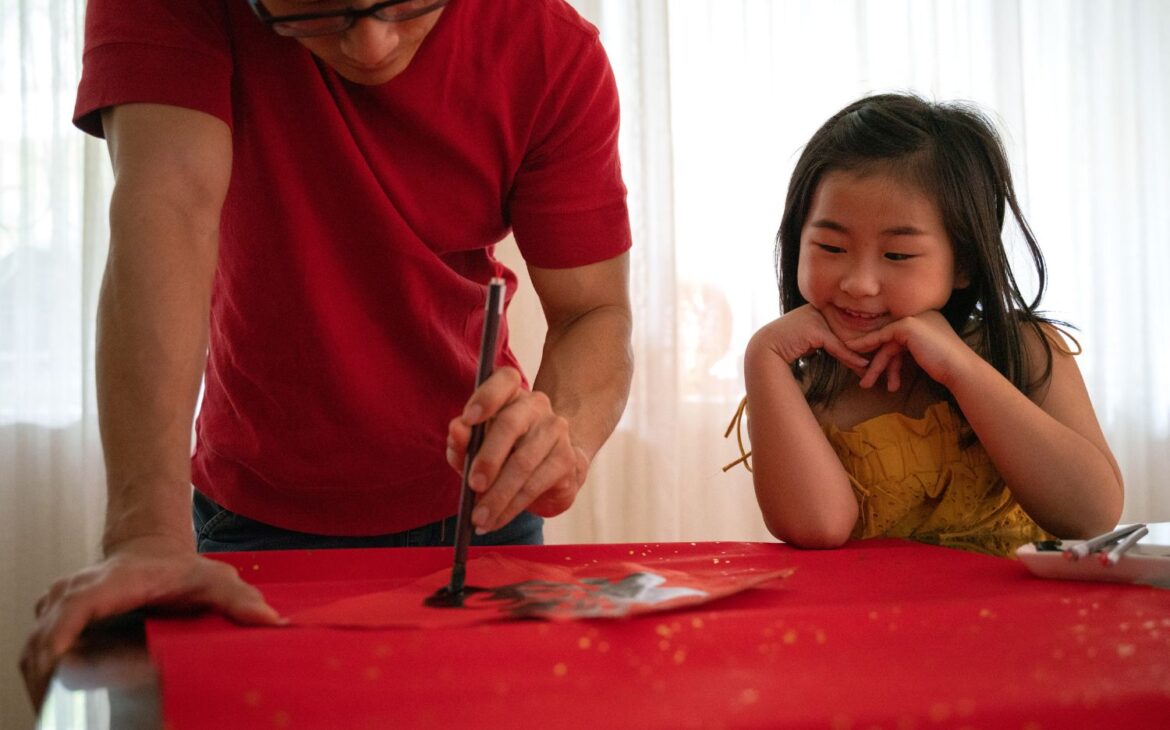Calligraphy, often referred to as the art of beautiful writing, captivates with its elegance and timeless charm. This artistic practice involves designing letters and symbols in a decorative manner, transforming ordinary text into visual masterpieces. Deeply connected to ancient traditions, calligraphy has transformed through various cultures, embracing modern aesthetics while preserving its timeless essence.Practitioners emphasize flow, balance, and precision, celebrating the harmony between hand, ink, and paper. Each stroke reflects the artist’s intent, blending discipline with creativity to produce mesmerizing works of art.
Aspiring calligraphers often begin by mastering foundational styles such as italic, copperplate, or gothic scripts. These techniques teach the importance of consistent angles and proportions, setting the stage for advanced experimentation. Enthusiasts delight in the tactile experience of pen on paper, finding tranquility in the rhythmic process of crafting each letter. Calligraphy transcends mere writing; it becomes a meditative practice, a pursuit of perfection, and a celebration of artistic individuality.

Historical Evolution of Calligraphy Across Cultures
The journey of calligraphy spans centuries and continents, reflecting the cultural richness of diverse civilizations. Chinese calligraphy, one of the oldest forms, emphasizes the spiritual connection between the writer and their brush. Each character embodies harmony and balance, echoing Confucian ideals. Arabic calligraphy, revered in Islamic tradition, often adorns mosques and manuscripts with intricate geometric patterns, merging faith and artistry seamlessly.
In medieval Europe, monks meticulously penned illuminated manuscripts, showcasing gothic script adorned with gold and vibrant pigments. These texts, such as the Book of Kells, represent unparalleled craftsmanship and devotion. Modern calligraphy incorporates influences from these traditions, blending them with contemporary styles. Artists experiment with tools and techniques, revitalizing this ancient art form for new generations. The historical evolution of calligraphy underscores its universal appeal, bridging past and present through expressive lettering.
Tools and Materials: Crafting Calligraphic Masterpieces
Every calligraphy project begins with selecting the right tools, as they shape the final outcome. Traditional dip pens, equipped with flexible nibs, allow for precise control and variation in line thickness. Brushes, commonly used in Chinese and Japanese calligraphy, offer versatility and fluidity, ideal for sweeping strokes. Modern tools like fountain pens and brush pens provide convenience without sacrificing artistic quality, making calligraphy accessible to beginners.
Equally important is the choice of paper. High-quality, smooth paper prevents ink from bleeding, ensuring crisp lines and consistent results. Ink, whether water-based or pigment-based, should complement the chosen tool and surface. Calligraphers often experiment with metallic inks, adding shimmer and sophistication to their work. By understanding the interplay between tools, materials, and techniques, artists achieve harmony and elevate their calligraphy to extraordinary levels.
Calligraphy Techniques: Mastering the Art of the Pen
Successful calligraphy requires mastering fundamental techniques, each contributing to the overall beauty of the composition. Understanding the anatomy of letters—including ascenders, descenders, and serifs—ensures balanced and aesthetically pleasing results. Beginners often practice basic strokes, focusing on consistent pressure and smooth transitions, which are crucial for achieving fluidity in lettering.
The angle of the pen plays a pivotal role, influencing the thickness of lines and the character of the script. Maintaining a steady hand while applying varied pressure creates dynamic contrasts, a hallmark of elegant calligraphy. Advanced practitioners experiment with flourishes and embellishments, adding personality to their work. While precision is key, calligraphy also invites creative interpretation, encouraging artists to infuse their unique style into every letter. Regular practice and attention to detail transform novices into skilled calligraphers, capable of crafting stunning pieces.
Modern Applications of Calligraphy in Design and Daily Life
Calligraphy’s timeless appeal has found its place in contemporary design, blending tradition with innovation. Wedding invitations often feature elegant calligraphy, setting a tone of sophistication and romance. Businesses incorporate hand-lettered logos to convey authenticity and artistry, distinguishing their brand in competitive markets. Beyond commercial applications, calligraphy enhances personal projects, from journaling to greeting cards, adding a heartfelt touch to everyday communications.
Social media platforms celebrate calligraphy through videos and tutorials, inspiring a new generation of enthusiasts. Digital tools mimic the charm of traditional calligraphy, offering artists endless possibilities for customization. Calligraphy’s versatility makes it relevant across various contexts, bridging artistic expression and practical utility. By embracing its modern applications, calligraphy continues to thrive, enchanting audiences worldwide with its enduring elegance.
The Therapeutic Benefits of Practicing Calligraphy
Engaging in calligraphy offers more than artistic satisfaction; it provides mental and emotional benefits, fostering a sense of well-being.The deliberate practice of it fosters mindfulness, demanding complete focus on every individual stroke.This meditative process helps reduce stress, promoting relaxation and clarity of thought. Practitioners often describe the rhythmic motion of writing as soothing, akin to a creative form of meditation.
Practicing it strengthens fine motor skills, refining both hand-eye coordination and dexterity.These benefits make it a valuable practice for individuals recovering from injuries or seeking to maintain cognitive agility. Beyond physical and mental advantages, it fosters a sense of accomplishment, empowering artists to express themselves beautifully. Its therapeutic nature transforms it into a meaningful activity, enriching lives with creativity and tranquility.
Inspiring the Next Generation of Calligraphy Enthusiasts
The resurgence of calligraphy among younger audiences highlights its timeless appeal and adaptability to modern lifestyles. Workshops and online classes provide accessible entry points, allowing enthusiasts to explore this art form at their own pace. Social media platforms like Instagram and Pinterest showcase captivating it pieces, inspiring individuals to pick up a pen and try their hand at lettering.
Educators incorporate it into curricula, emphasizing its historical significance and creative potential. By engaging with this art form, students develop patience, discipline, and an appreciation for craftsmanship. Community events, such as exhibitions and competitions, celebrate calligraphy’s vibrancy, encouraging collaboration among artists. Nurturing the next generation of calligraphers ensures the continuation of this cherished tradition, adapting it to contemporary contexts while honoring its historical roots.
Conclusion: Calligraphy’s Enduring Legacy
Calligraphy remains a testament to the enduring power of artistic expression, bridging centuries of tradition with modern innovation. Its ability to captivate audiences through intricate designs and meaningful messages underscores its universal appeal. By mastering it, artists embrace a timeless practice that celebrates creativity, discipline, and beauty.
Whether used to enhance design projects, foster mindfulness, or connect with cultural heritage, it continues to inspire and delight. As it evolves, this elegant art form promises to remain a cherished aspect of human expression, inviting future generations to discover its magic. Calligraphy’s enduring legacy is a reminder of the profound impact of artistry, celebrating the beauty of the written word.





